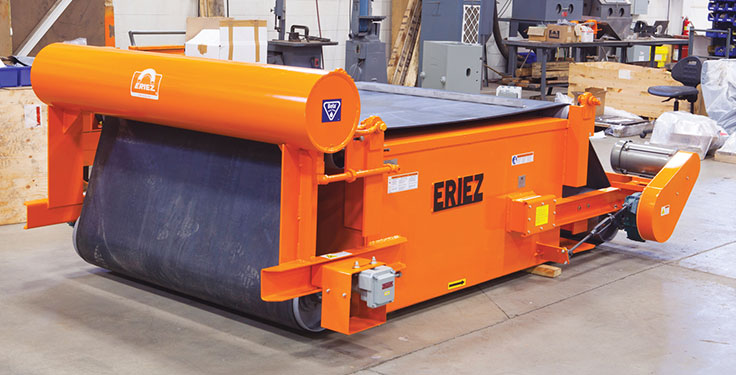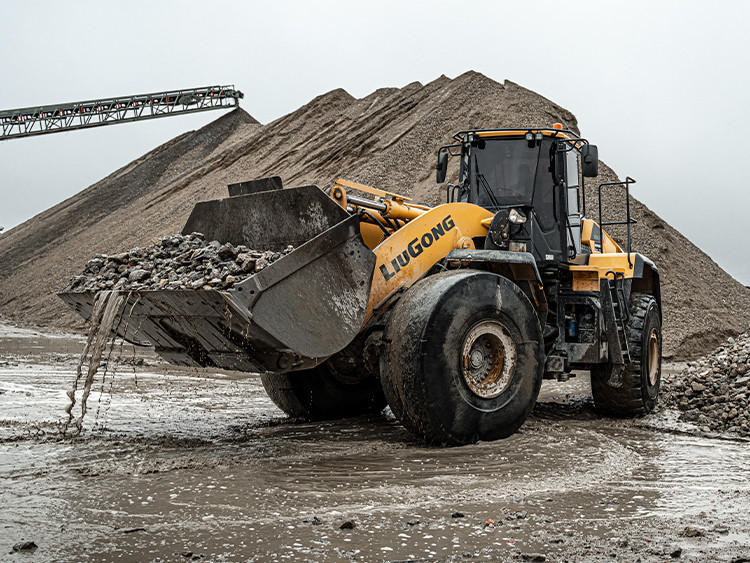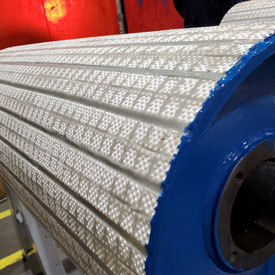Wet or conductive products do not affect metal detectors, which are effective in difficult material handling situations such as detecting large tramp metal and small metal pieces in very heavy burden depths.
Metal detectors are usually placed after a suspended magnet and before any jaw or cone crushers, screeners, transfer points or other processing equipment. Should any tramp metal pass through, the metal detector signals the conveyor belt to stop – even when the material is conveyed on steel corded belts.
The ability to locate metal particles even on high-speed belts saves operators time and money because downtime is minimized. Most metal detectors are available for any belt width and can be field-adjusted to fit most standard conveyor configurations. Some are pre-fabricated to meet CEMA standard conveyors, with easy-to-adjust coil spacing to handle most applications.
Metal detectors can be installed without the need to cut the belt or the use of special tools.
Rebuild or buy new?
With the mounting pressure of a difficult economy, more companies are deciding to rebuild rather than buy new equipment.
Some basic guidelines can be applied to all equipment used in aggregate applications. Optimum operating efficiency and product longevity depend greatly on the individual piece of equipment and its working environment. Routine tests can determine when it is time to upgrade or replace components or purchase a new model. Predictive maintenance info is often available from manufacturers.
Annual maintenance checks can be performed at a qualified manufacturer’s service center, or technicians can visit on-site at a customer’s operation.
Final thoughts
Downtime and slow delivery can threaten the success of aggregate producers.
Hazardous metal contamination must be removed to avoid damage to processing machinery, leading to costly repairs and delays. It is imperative that uncompromised finished products are delivered to distributors. Innovation in metal detection and magnetic separation, as well as advances in feeders, screeners and conveyors, improve productivity and reduce unnecessary expenses.
Tom Saccamozzone is project manager of heavy industry at Eriez.












